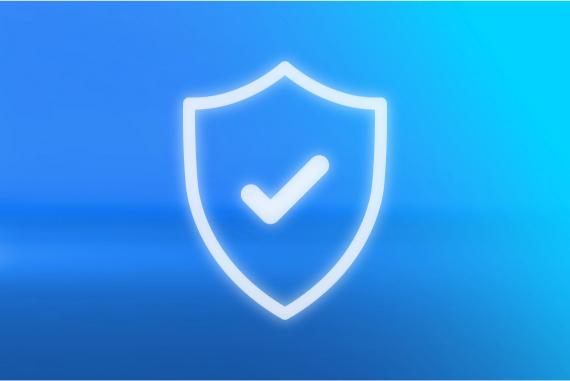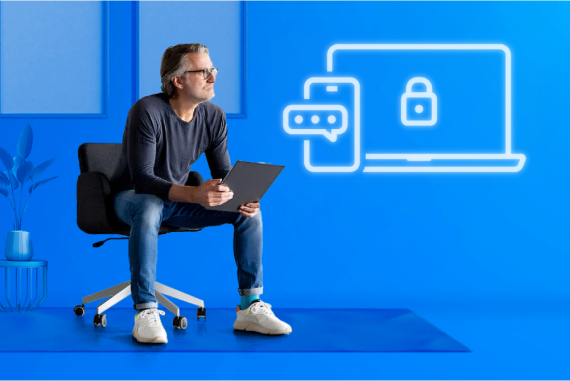What is two-factor authentication and why is it key to protecting your online security?
In an increasingly digital world, protecting our online accounts is essential. Two-factor authentication (2FA) has become a crucial tool to improve our network security. But what exactly is it, why is it so important and how can we set it up?
Two-factor authentication is an extra layer of security that is added to the login process of an application. Typically, accessing an account requires a username and password. However, this system can be vulnerable if someone gains access to your password.






